Steve Waugh once famously reckoned India to be the final frontier, but it appears that the United States of America is the actual frontier cricket has been obsessed with!
With the ICC and most cricketing nations unanimously believing that the key to the sport becoming a truly global power lies in breaking into the vast and lucrative US market, every effort, barring a sustained and combined one, has been aimed at selling cricket to the American public.
It’s not that cricket is alien to America. They host plenty of league matches in the summer, and many former Indian cricketers, including Ajay Jadeja (during his ban period), Rajesh Chauhan, Nikhil Chopra, Rajender Singh Ghai, Noel David, have turned out for US club teams in domestic matches.
However, what makes the current foray a particularly substantive one is the T20 format, which is ideal for American consumption. Thus, over the last one year, All-Stars teams, led by legends Sachin Tendulkar and Shane Warne, played a three-match series in New York, Houston and Los Angeles. More than two dozen former stars from West Indies, India, Pakistan, Australia, New Zealand, England, Sri Lanka, Bangladesh and South Africa took part in the matches.
Earlier in 2012, West Indies and New Zealand engaged in a couple of T20Is here. Last month, six matches of the Caribbean Premier League were staged in Florida and, over the weekend, the two India vs West Indies T20Is were played at the Fort Lauderdale venue.
These matches attracted huge crowds and were telecast to audiences worldwide. Plenty of similar initiatives, including involvement of school and college students in coaching and tournament play, would be sure to fetch dividends.
At the turn of the century, three Indian cricket journalists, including this writer, were invited by the USA Cricket Association, for a first-hand experience of the state of the game in the country and to cover the five-match India A vs Australia A ODIs at Van Nuys in California.
The teams had players of great potential. The Australians were managed by Allan Border and had in their ranks Adam Gilchrist, Shane and Brett Lee, Damien Martyn, Andrew Symonds, Brad Hodge, among others; the Indian team, managed by Kris Srikkanth and led by VVS Laxman, included Virender Sehwag, Harbhajan Singh, Ashish Nehra, Dodda Ganesh, Mohammad Kaif, S Sriram, Sameer Dighe, Vijay Bharadwaj, etc.
The pitch was a disgrace, but the ODI matches attracted plenty of local interest. Significantly, the LA mayor was so impressed by the amount of time it took to complete one match that he stated that he would seriously like to introduce cricket in the crime-dogged inner-city schools of LA. His theory was that cricket matches would keep kids off the streets for a much longer period than any other sport!
Malcolm Nash, former Glamorgan cricketer more famously known as the bowler the legendary Garfield Sobers slammed for six sixes in an over, was also recruited as coach.
However, the real issue dogging cricket in the US is that expats of different nationalities control the game in the various regions, and they rarely, if ever, agree on anything. Cricket on the West Coast is controlled by Indian expats, with a fair sprinkling of English and Aussies cricket lovers’ involvement. The East Coast is dominated by Pakistanis, while the West Indians have a free run in the south, particularly around the Florida region.
The USA Cricket Association itself is hardly a blemish-free organisation, and despite being an associate member of the ICC, it has been banned by the parent body quite a few times.
But the ICC, prompted by a desperation to gain a foothold in America, has always rushed in getting USACA back into the fold. The Indian (there is also a Telugu cricket association in the US), West Indian and Pakistani origin administrators run their respective associations according to their agenda.
But they are all united against ESPN taking the game to Disneyland, as was talked of in the past. They believe that the move would enable British and Australian expats to control the sport in the US, as the stiff entry fees into Disneyland would discourage expats of other countries from frequenting it.
This notwithstanding, the T20 format of the game has given a tremendous fillip to cricket in America. The American College Cricket National Championships has taken root since its 2009 inception and more than 30 colleges from America and Canada take part in the T20 matches, which are webcast and, more recently, telecast by ESPN.
The CPL and cricket also got a huge boost when Hollywood stars Mark Wahlberg (Barbados Tridents) and Gerard Butler (Jamaica Tallawahs) picked up stakes in franchises and did their bit for the teams.
Of course, Hollowood has always stood by cricket, thanks to heavy influx of actors from England, Australia and New Zealand. Russel Crowe, a cousin of Martin and Jeff Crowe, has played the game and is often seen attending matches.
Interestingly, the Hollywood Cricket Club was formed in the early part of the last century by former England Test cricketer and captain Hollywood actor Charles Aubrey Smith. Others in his team included David Niven, Boris Karloff, Errol Flynn, with PG Wodehouse chipping in as club vice-president!
Thus, with Hollywood’s England, Australia and New Zealand actors keen on the game, the T20 format ideal for American involvement, recent technologies permitting drop-in pitches, mobile light towers, web casting and the like, huge cricket-crazy expat population and with schools and colleges at the threshold of tipping point, cricket in the US and by extension in the rest of the world could really take off.
If only the ICC can find a way to get all the elements on the table together. But as we’ve seen in that huge melting pot called America, expats of various origins have their own agenda to control the game there. Getting them together for a common good is the challenge. At least thus far.


)




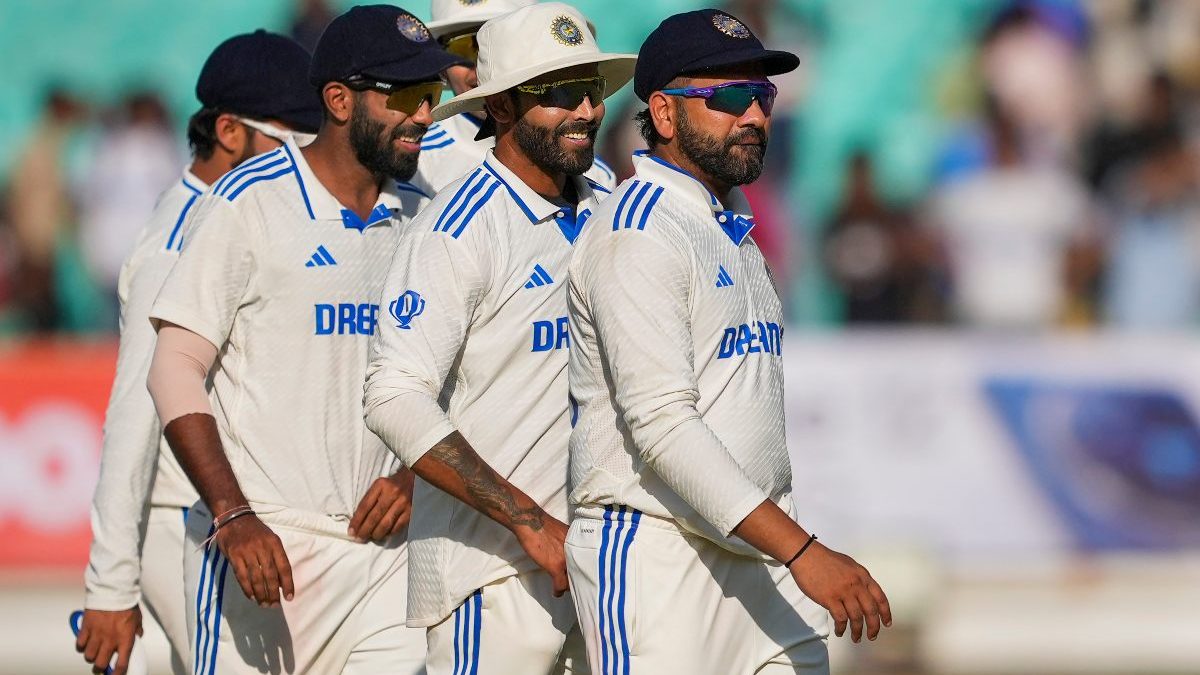)
)
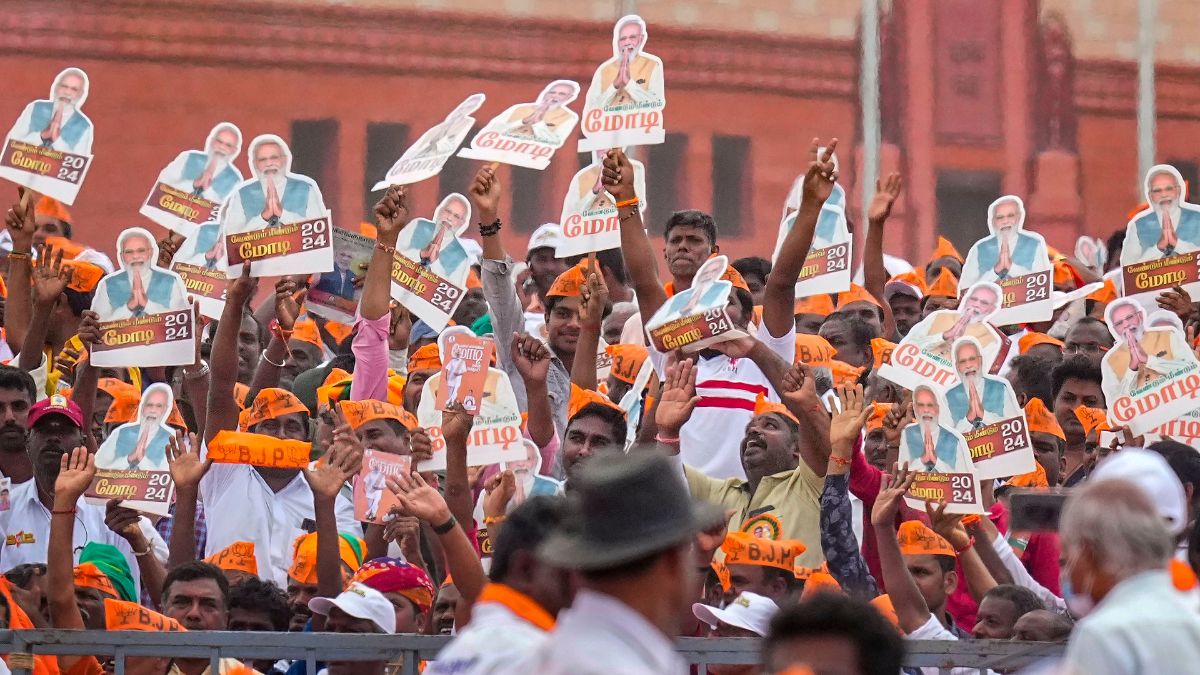)
)
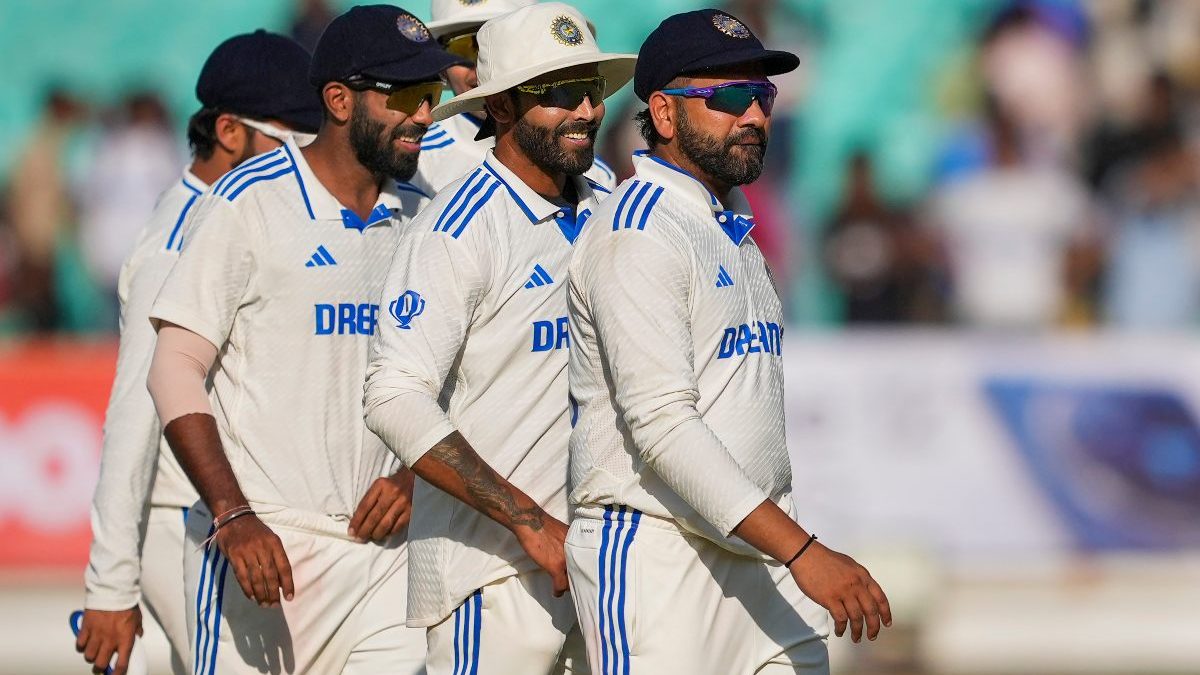)
)
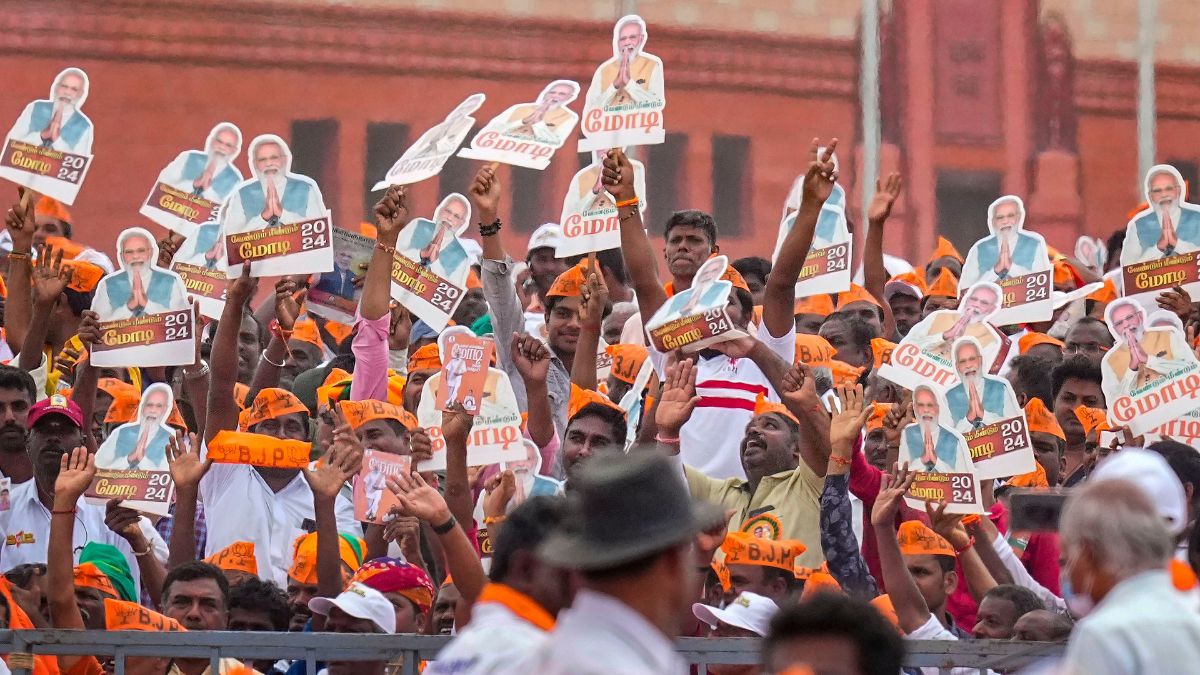)
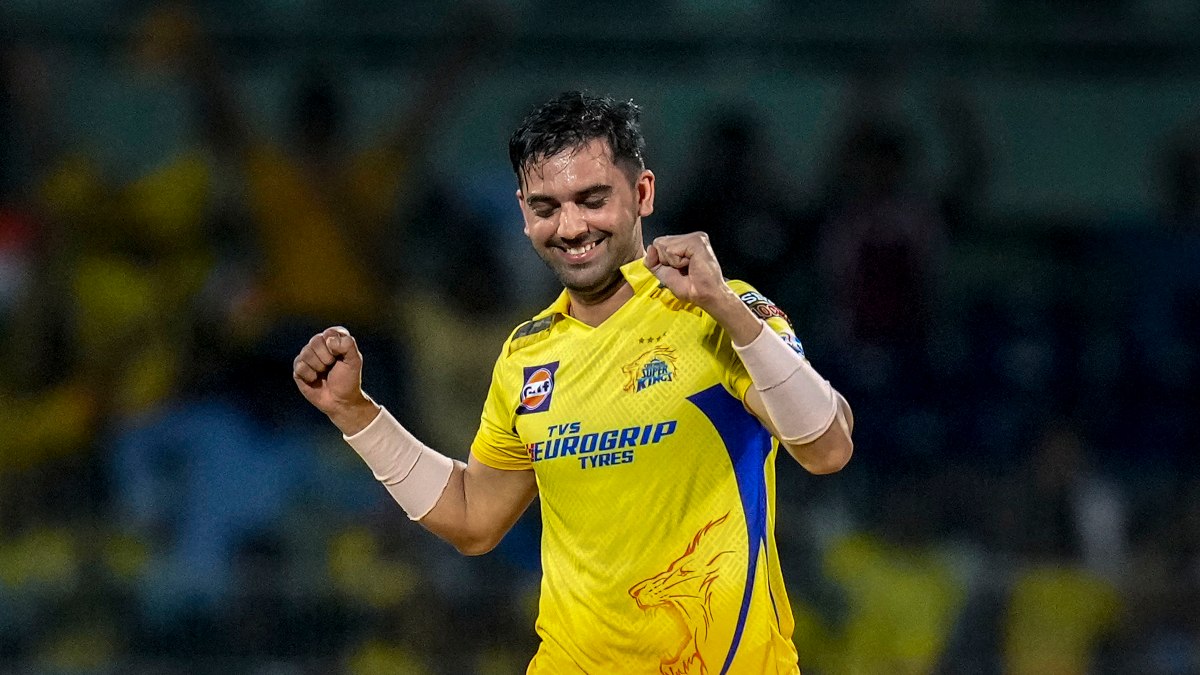)